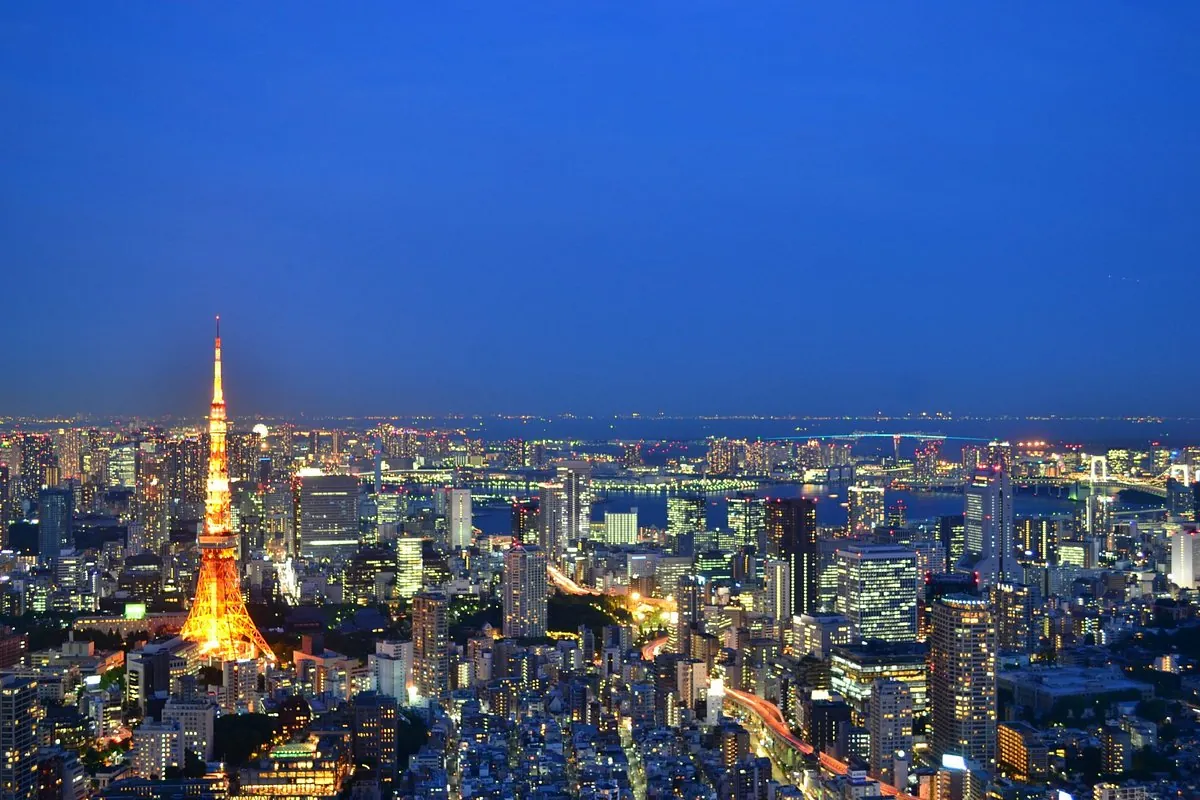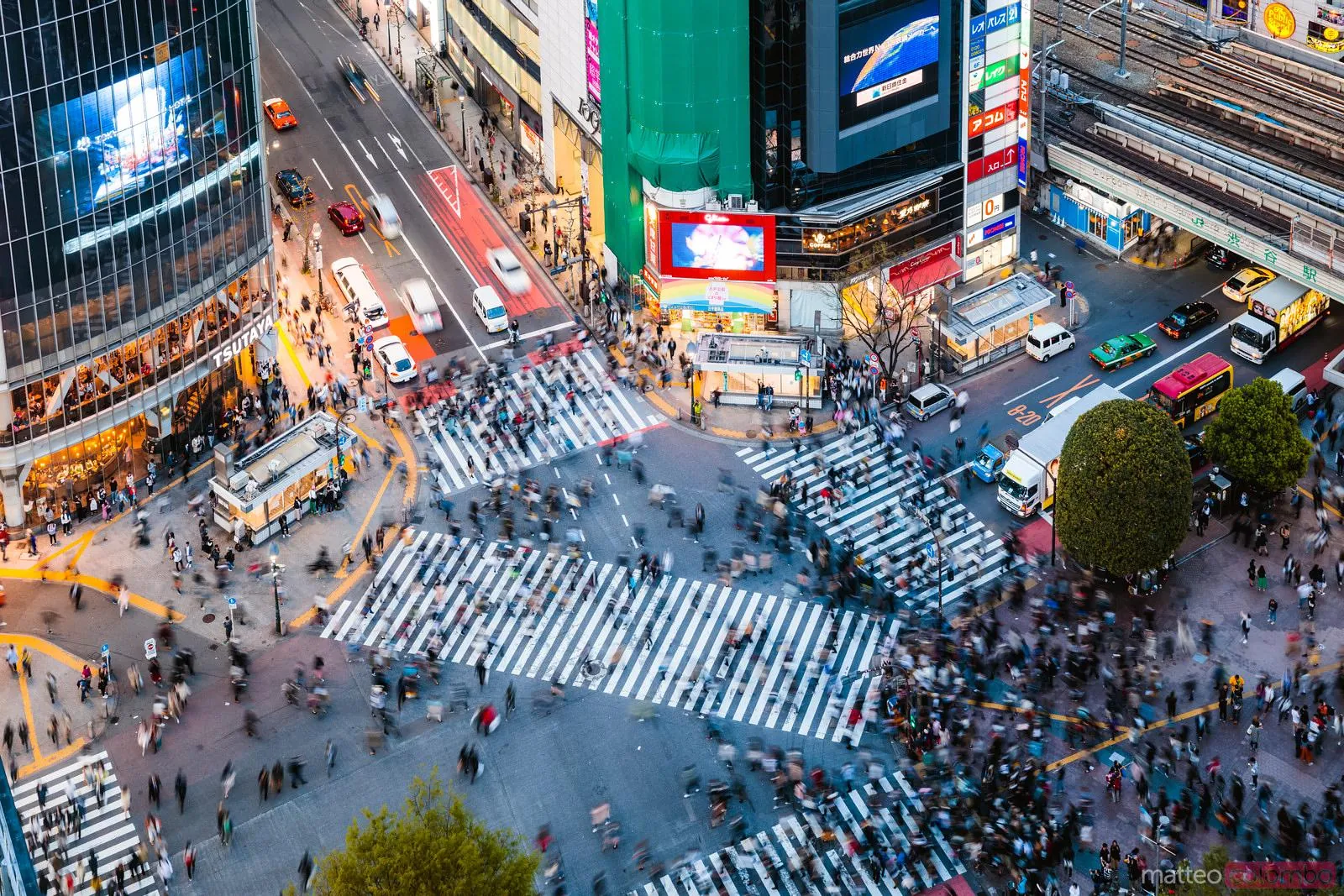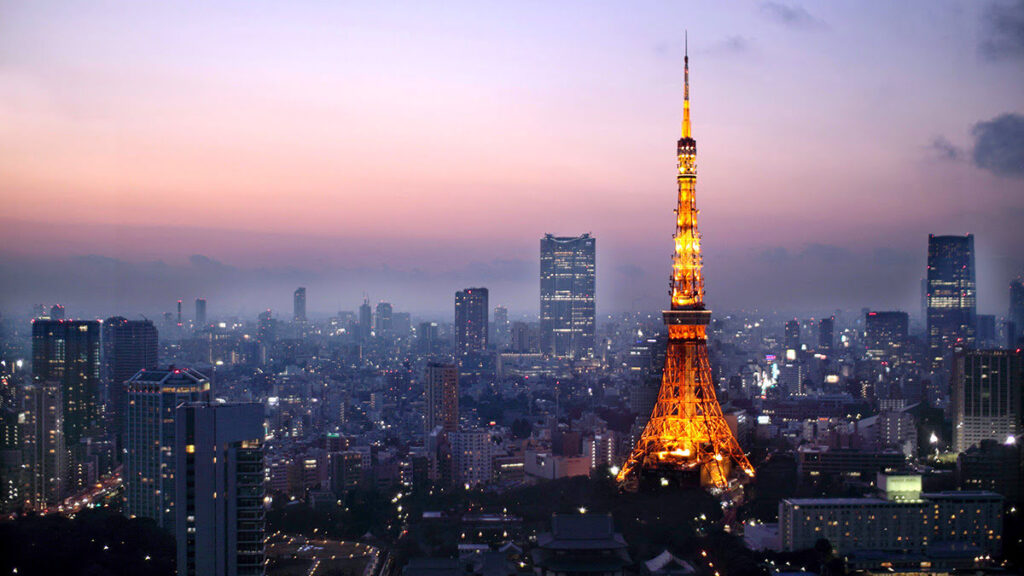Introduction

Tokyo, the sprawling capital of Japan, is a city brimming with contrasts—where centuries-old temples coexist seamlessly amidst ultramodern skyscrapers, and traditional customs intertwine effortlessly with futuristic technologies. As one of the world’s largest and most vibrant cities, Tokyo offers an incredibly diverse array of attractions, experiences, and activities catering to every type of traveler—whether you’re an art enthusiast, tech geek, foodie, or lover of nature.
For visitors, it can be overwhelming to devise an itinerary, given the city’s seemingly infinite possibilities, from cultural landmarks like temples and shrines to cutting-edge technological wonders and trendsetting neighborhoods. In this article, we dive into 27 of the must-see attractions and experiences that Tokyo offers. Whether you want to witness the mesmerizing hustle of Shibuya Crossing or find peace in the serene gardens of Meiji Shrine, there’s something in Tokyo for everyone.
1. Visit the Iconic Shibuya Crossing

